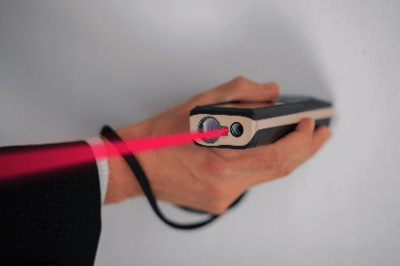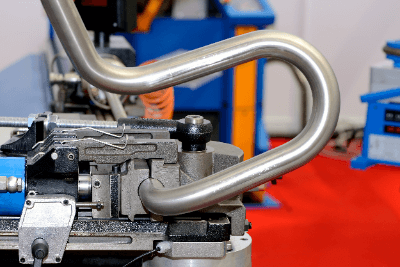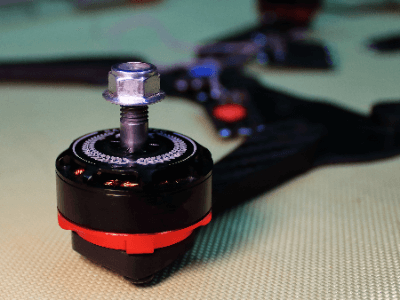What Is a Laser Rangefinder?

A laser rangefinder is a device that measures distance using laser light. These handheld tools are widely used in various fields such as construction, civil engineering, fishing, and forestry.
Laser rangefinders are prized for their high accuracy and contactless measurement capability. Some models offer precision up to ±1.0 mm. However, measurement accuracy can be affected by strong ambient light or surfaces with rough textures.
Uses of Laser Distance Meters
Laser distance meters have diverse applications:
1. Sports
These devices are integral in sports like athletics, cricket, and golf for measuring distances. In golf, for instance, they help golfers measure distances to fairways and greens for better club selection and shot strategy.
2. Civil Engineering and Construction
In construction and real estate, laser rangefinders accurately measure building dimensions and land areas. They are also vital in civil engineering for surveying terrain, and calculating elevations, and slope angles.
3. Fishing and Hunting
In fishing, they assist in measuring distances to shore for berthing and tide level assessment. Hunters use them to gauge distances to prey, adjusting shooting distance and trajectory accordingly.
Principle of Laser Rangefinders
Laser rangefinders measure distance by emitting a laser beam toward an object and detecting the reflected light. A photodetector inside the device captures the reflected light, measuring the time difference between emission and reception. This time difference, combined with the known speed of light, is used to calculate the distance to the object.
Types of Laser Distance Meters
Laser distance meters generally use the pulse method or the phase detection method:
1. Pulse Method
This method involves emitting a short light pulse and measuring the time taken for the light to reflect from the object. Suitable for long distances, it can measure several hundred meters to kilometers but becomes less accurate over longer distances.
2. Phase Detection Method
This method uses continuous wave light to measure distance by detecting phase differences. It provides high accuracy for shorter distances, typically tens to hundreds of meters, and is ideal for real-time measurements and tracking moving objects.

